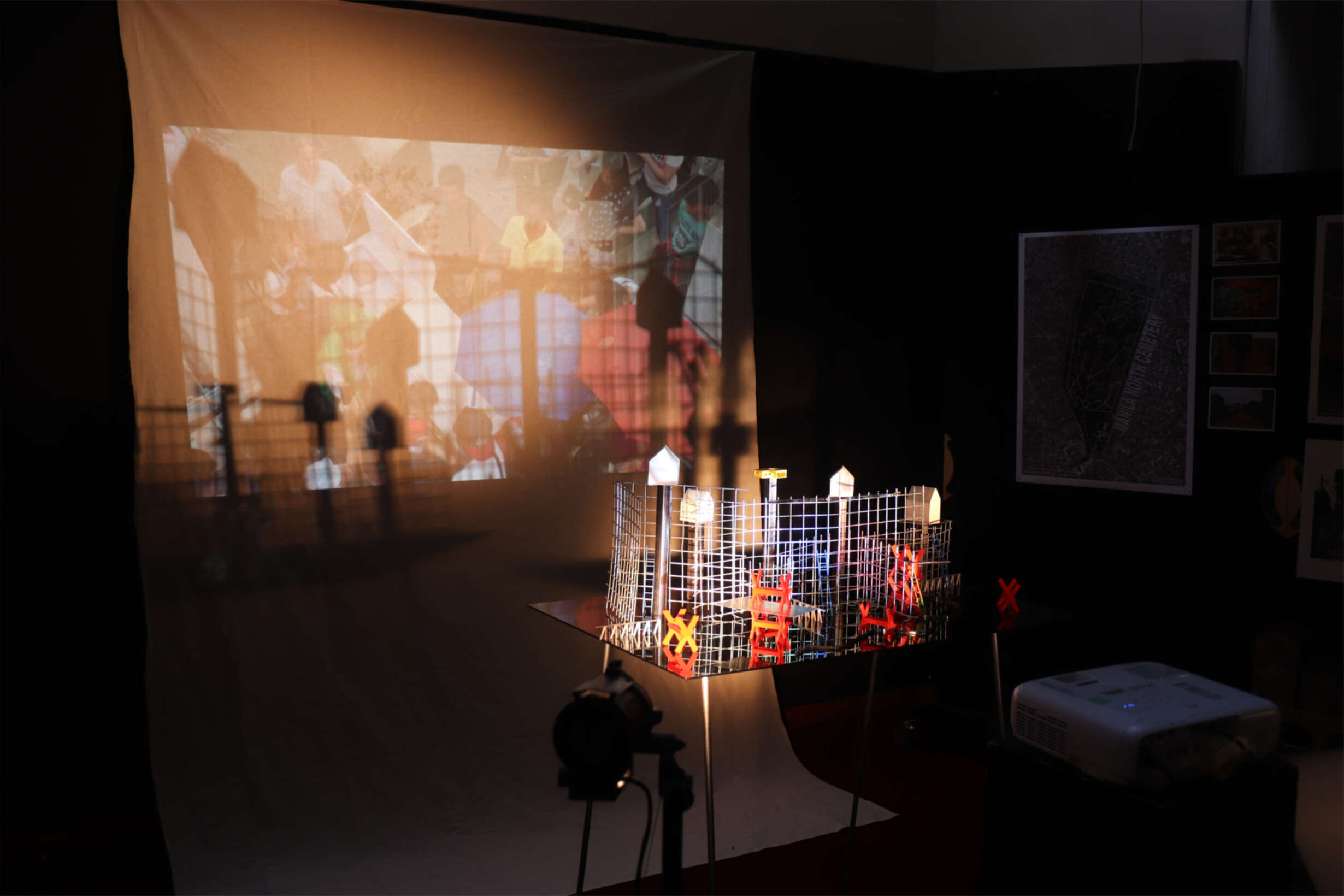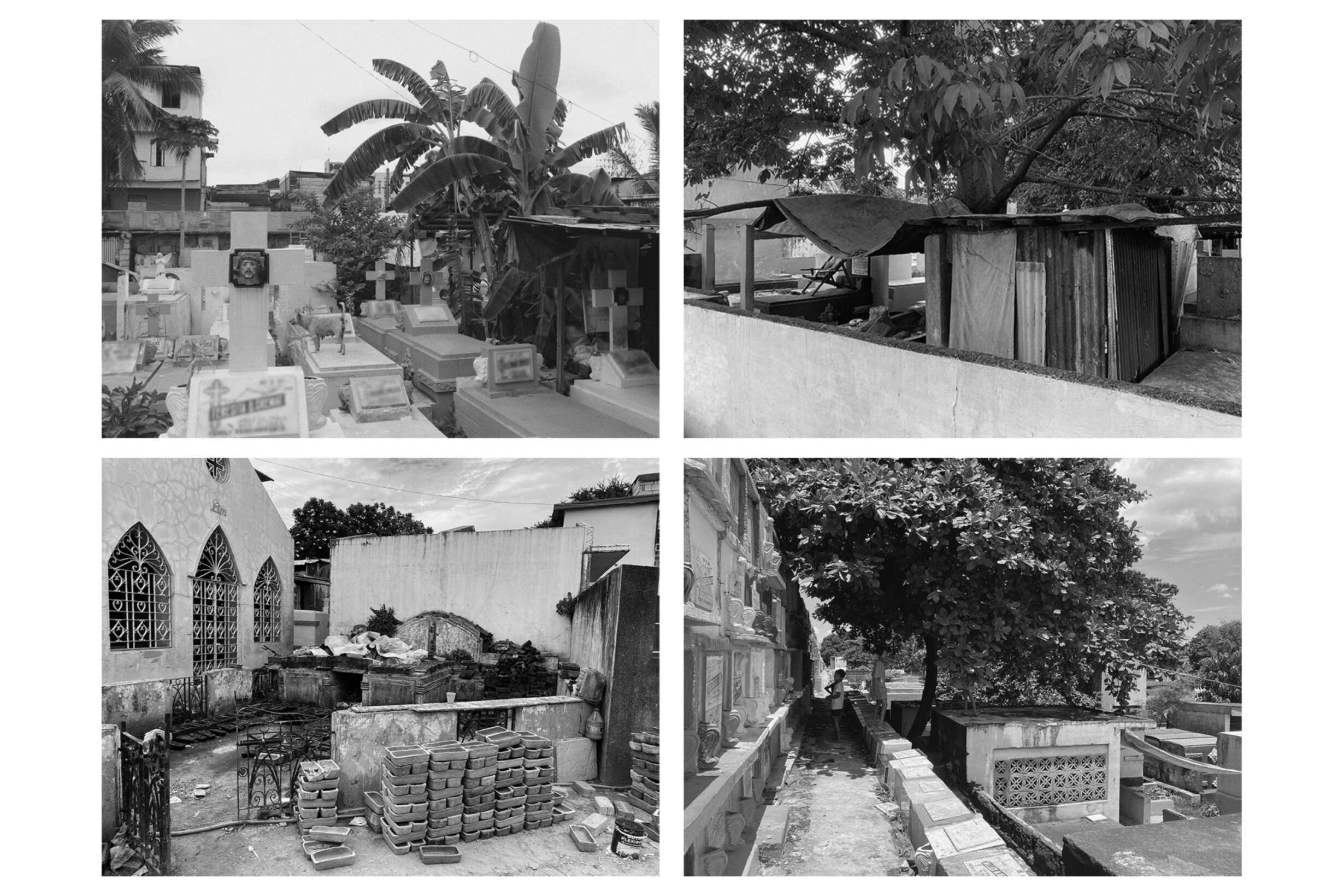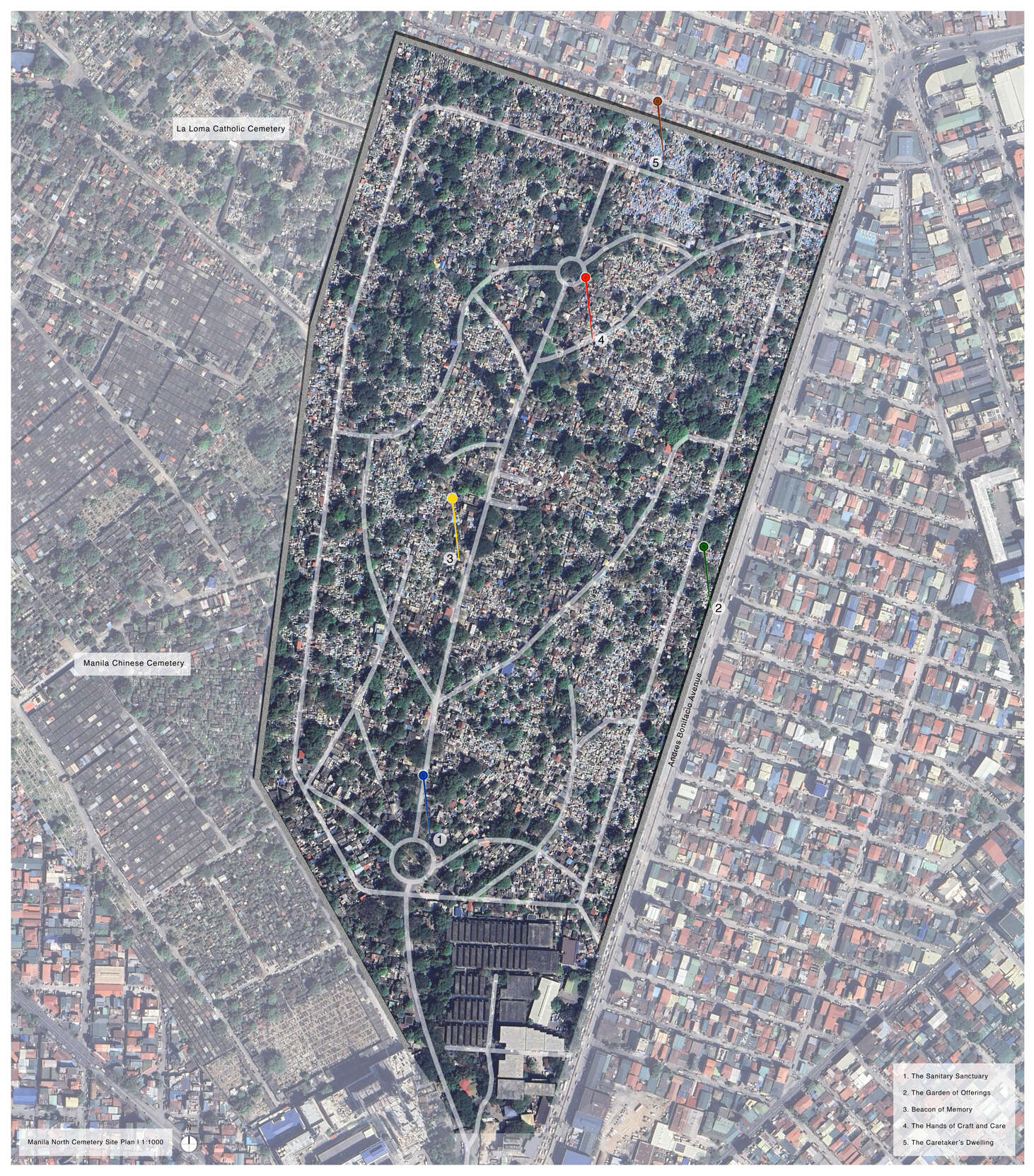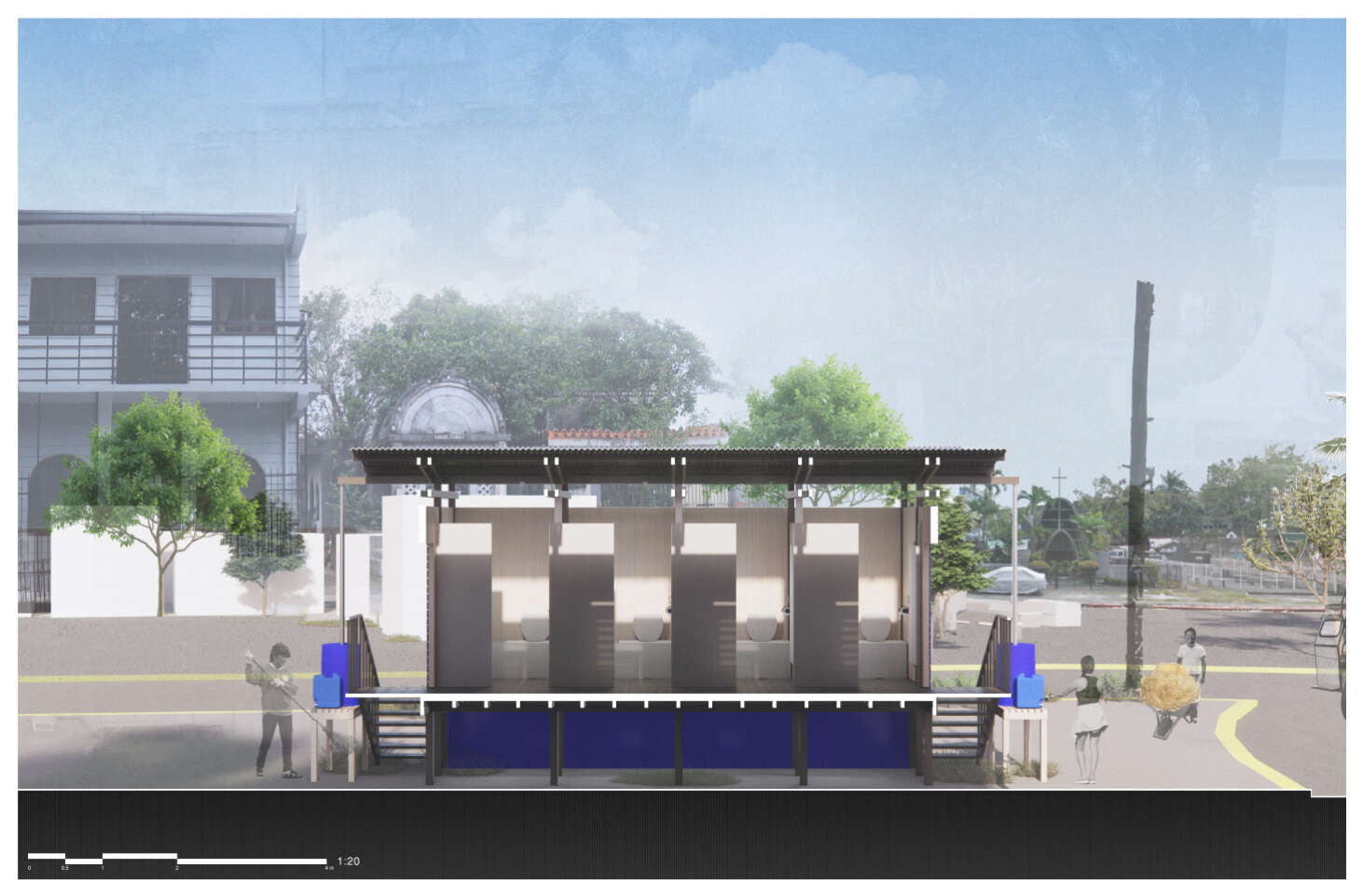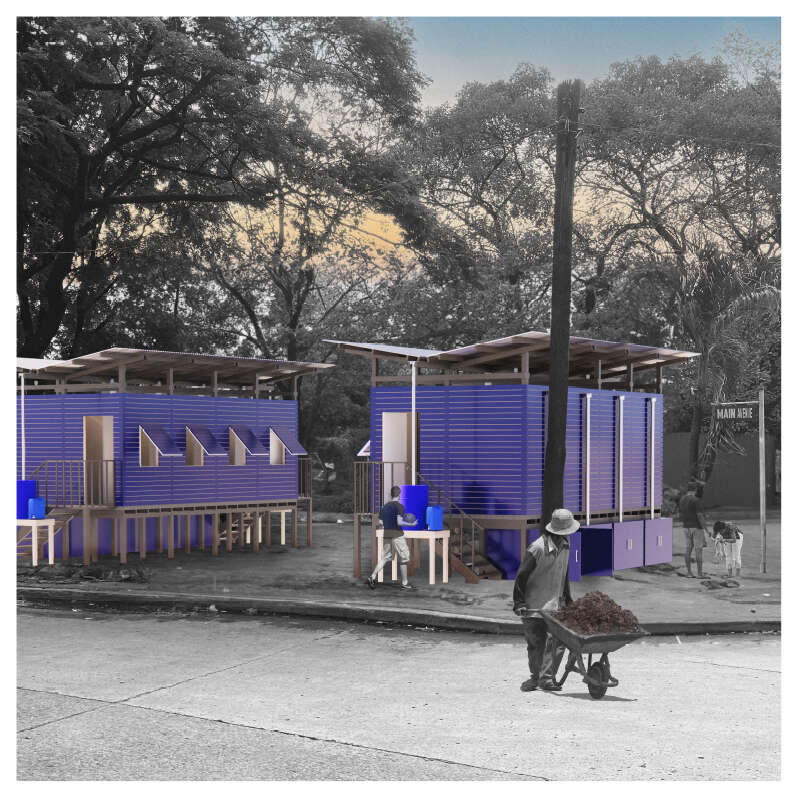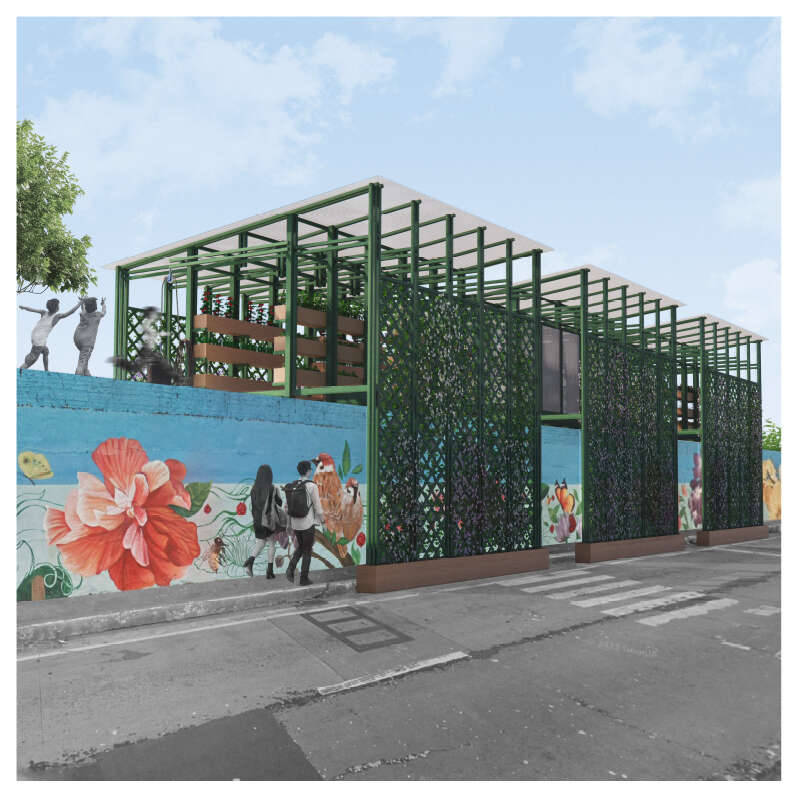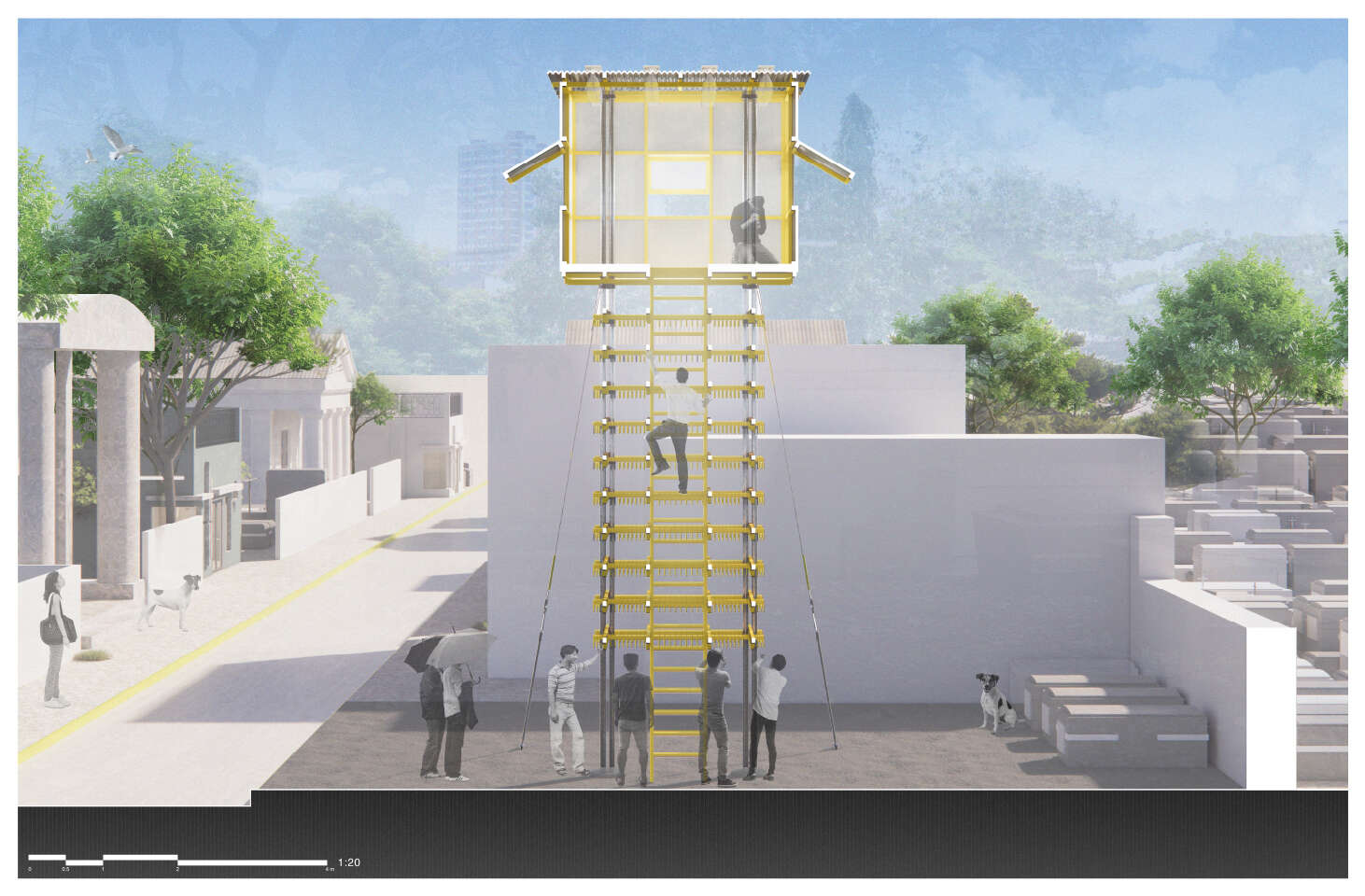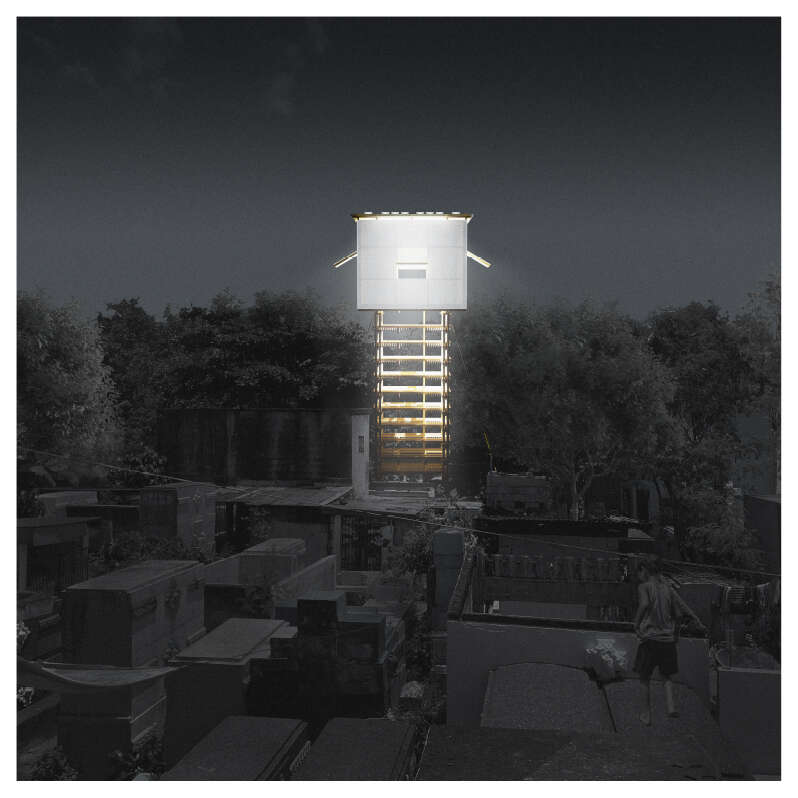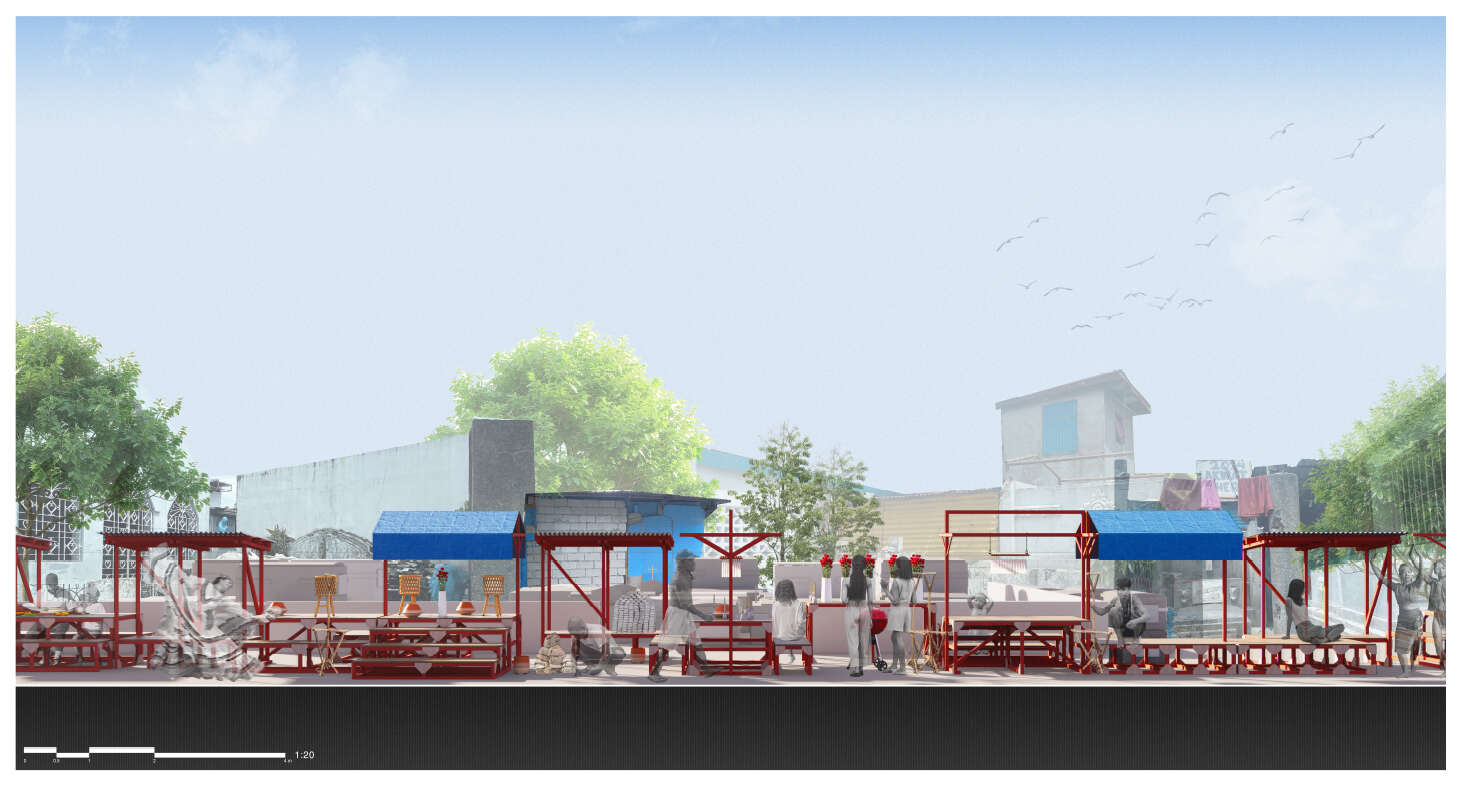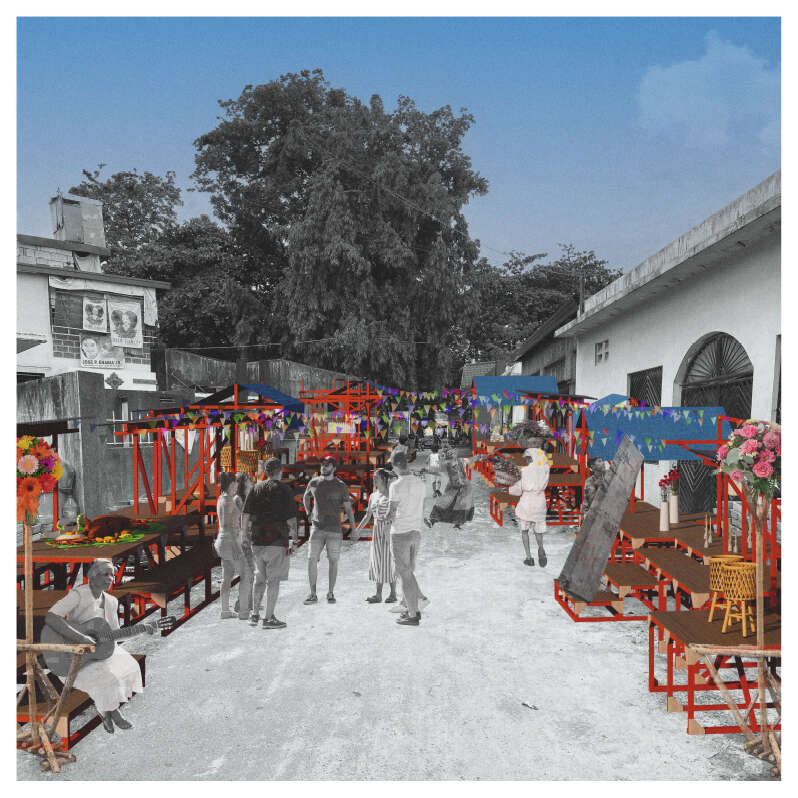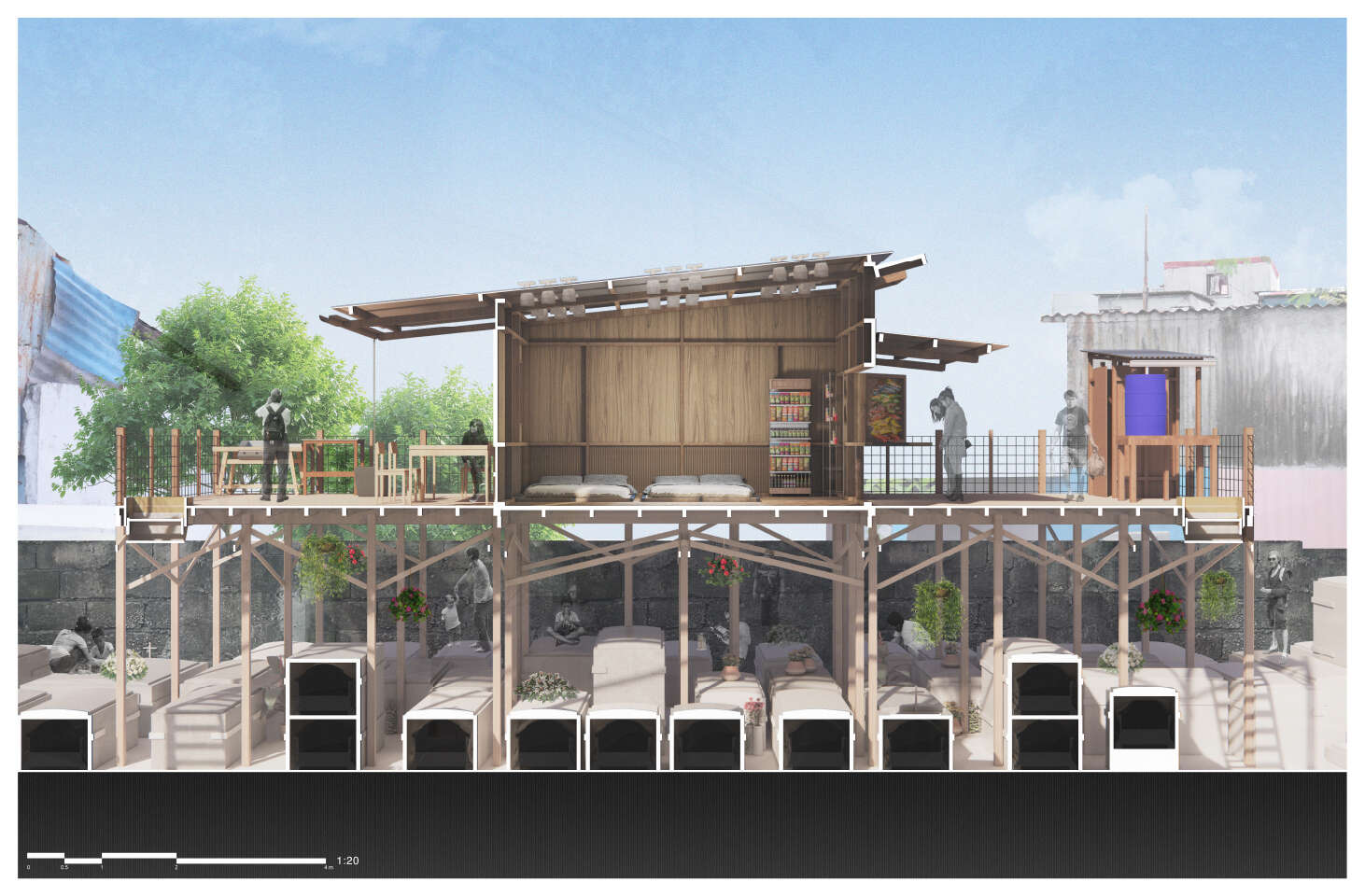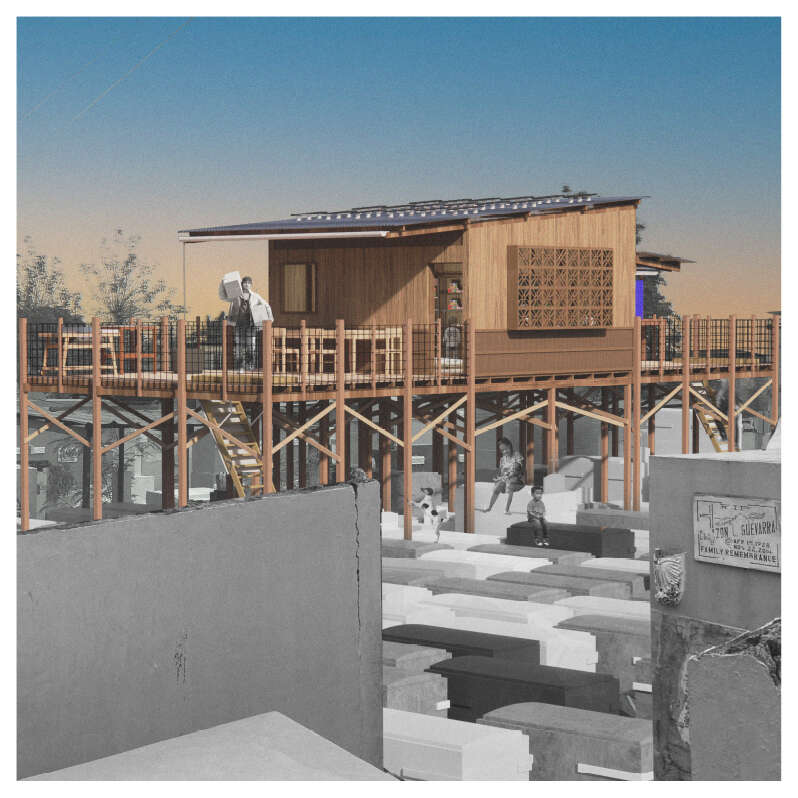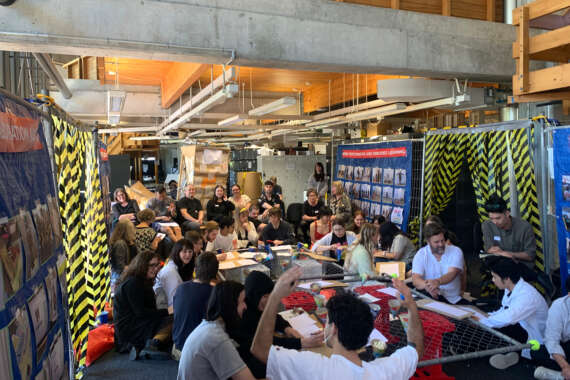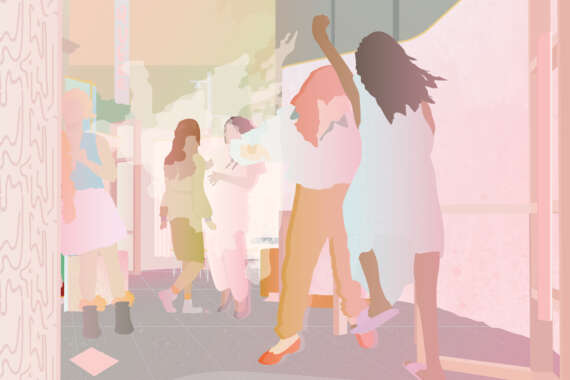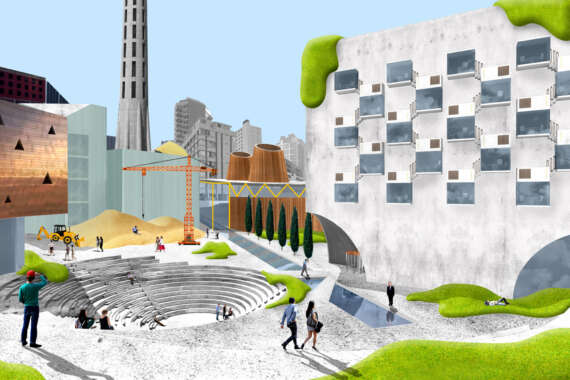Between Life and Death: A Study of Necropolitics in the Graveyard-Living Informal Settlements of Manila
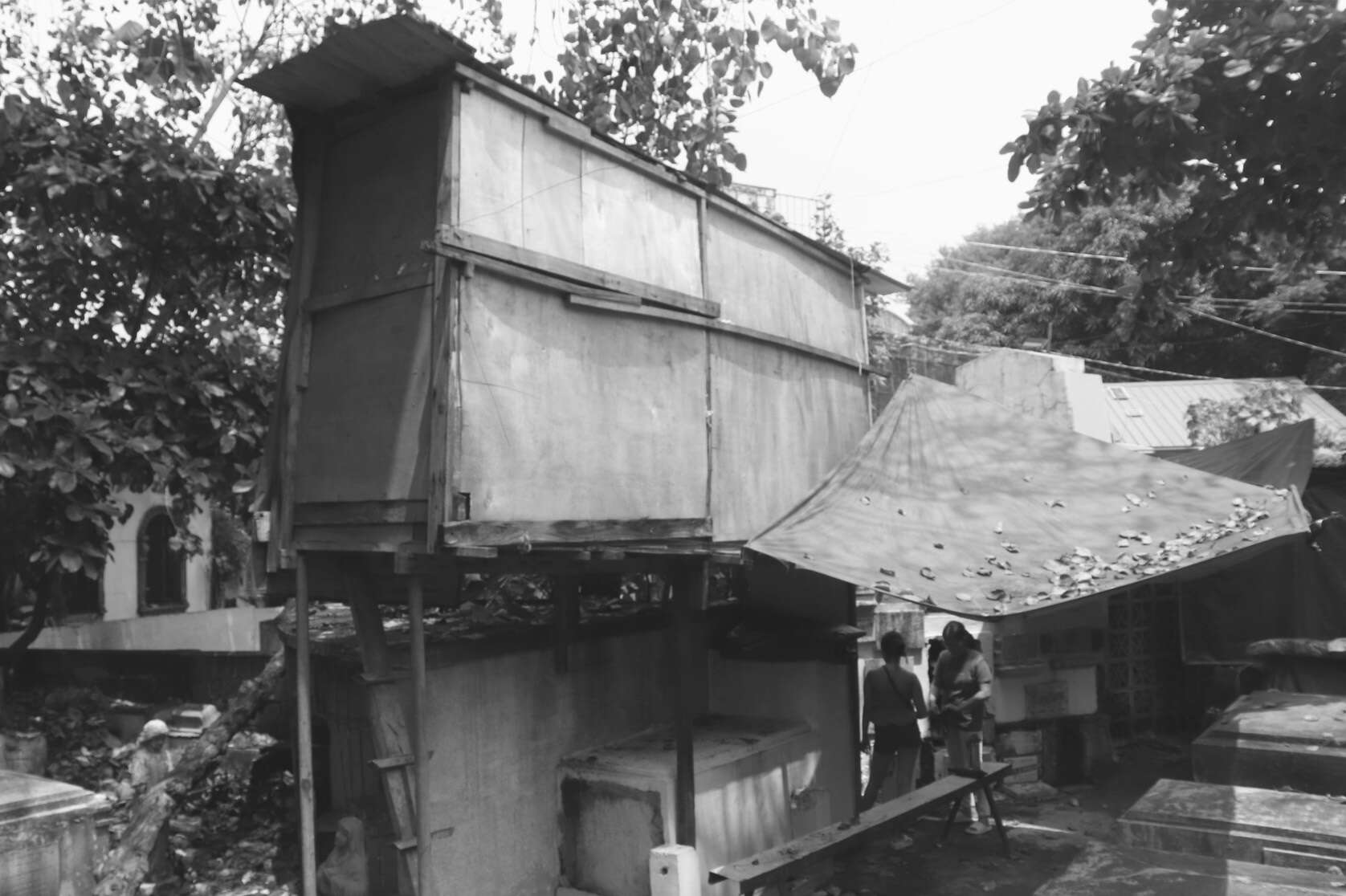
Necropolitics is a form of political power championed by Achille Mbembe that describes the social and literal deaths of individuals and entire populations through direct action or lethal neglect. Necropolitics explores how life is subjugated to the power of death, both in extraordinary and mundane circumstances.
This thesis explores necropolitics in the context of Manila North Cemetery. The cemetery is an informal settlement where numerous impoverished families live among the tombs of the
deceased. Through a necropolitical lens, this research investigates how this marginalised Filipino community navigates and resists necropolitical oppression, which perpetuates their marginalised status in society.







